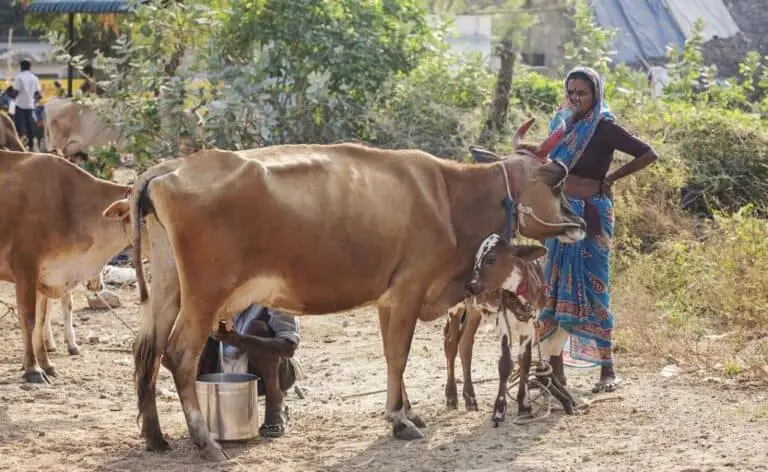Introduction
The dairy farming landscape in Kashmir is undergoing a significant transformation, particularly in terms of empowering the region’s youth. What was once viewed as a traditional practice has now become a viable career path for educated young individuals, leading to a resurgence in the Kashmir dairy sector.
The Growth of Dairy Farming in Kashmir
Over the past two decades, there has been a remarkable in dairy farming in the Kashmir Valley, showcasing the region’s dedication to agricultural development and self-sufficiency.

Milk production has surged by an impressive 250%, thanks to modern farming practices, enhanced livestock management, and the introduction of high-yielding cattle breeds. Currently, Kashmir boasts over 40,000 thriving dairy units, not only contributing to the dairy economy but also serving as crucial sources of income for rural families.
Government Initiatives and Programs
The Jammu and Kashmir government has been instrumental in fostering the growth of the dairy industry through initiatives like the Holistic Agriculture Development Program (HADP). This program aims to address sector challenges and drive dairy development in the region over the next five years. A key component of the HADP is the promotion of Artificial Insemination (AI) to boost milk productivity significantly.
Role of Private AI Workers
Private AI workers play a pivotal role in implementing AI services, enabling dairy farmers to access high-quality bull semen regardless of their location. This approach enhances livestock genetic potential, improves efficiency, reduces costs, minimizes disease spread, and increases breeding efficiency.
The Dairy Development Project under the HADP focuses on training and deploying 1,533 young individuals from underprivileged areas as private AI workers, providing economic opportunities for Kashmiri youth.
Benefits of the Project
The deployment of private AI workers not only benefits the workers themselves but also has a positive impact on approximately 7 lakh dairy farmers in the region. By increasing AI coverage and improving breeding practices, the project aims to enhance milk production and upgrade the quality of dairy animals, leading to economic empowerment and development in the region.
Conclusion
The dairy farming revolution in Kashmir, particularly through the engagement of young individuals on dairy farms, exemplifies the government’s commitment to agricultural development and youth empowerment. By investing in the dairy sector and providing opportunities for the next generation, the J&K government is laying the foundation for a prosperous and self-sufficient future where agriculture plays a central role in economic growth and sustainability.
